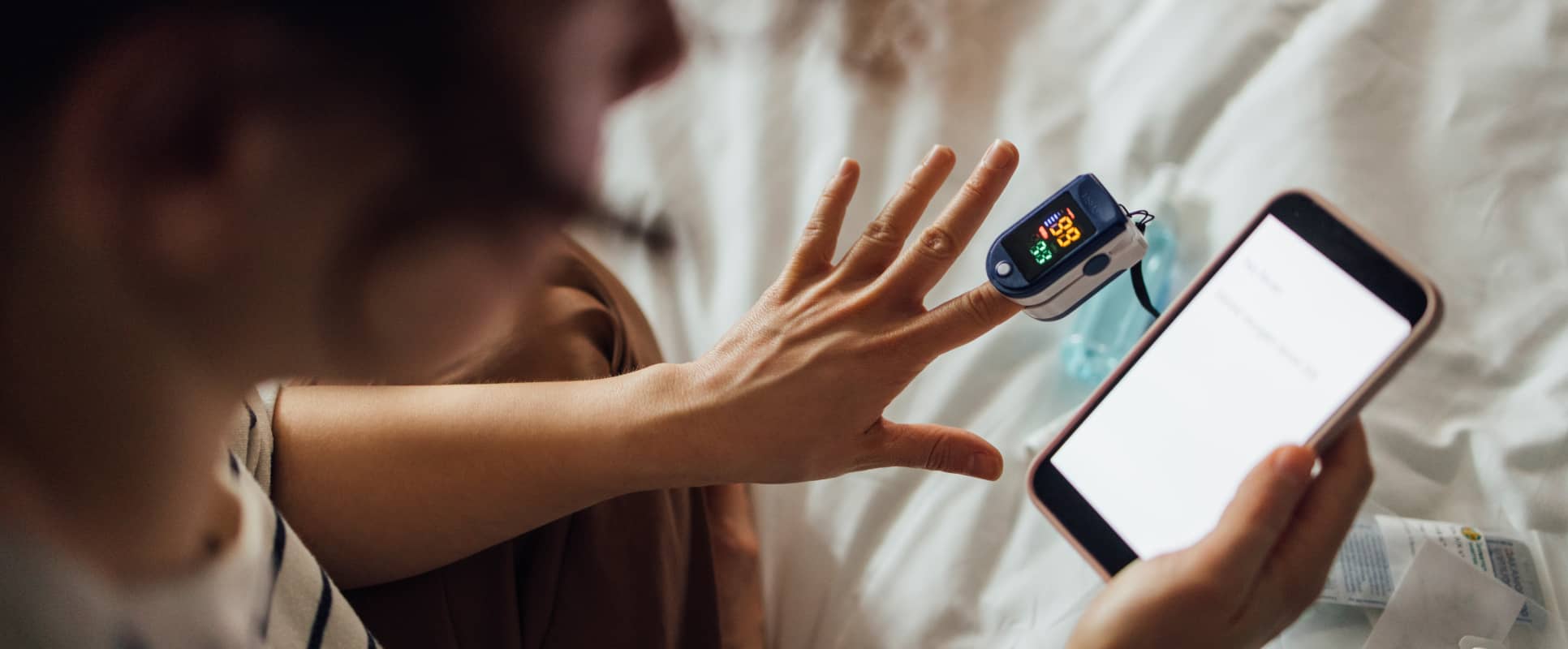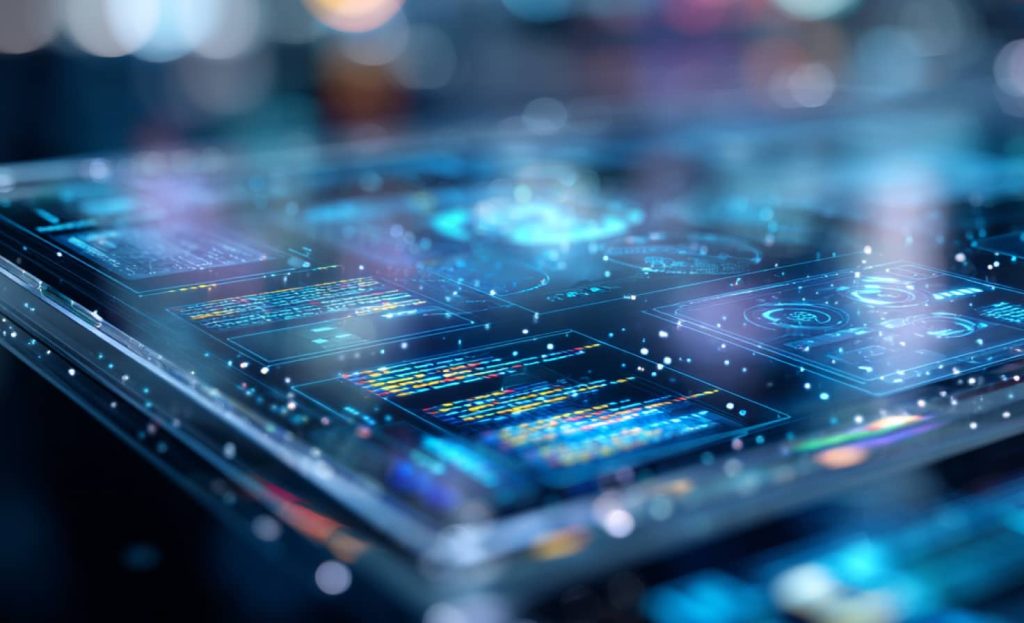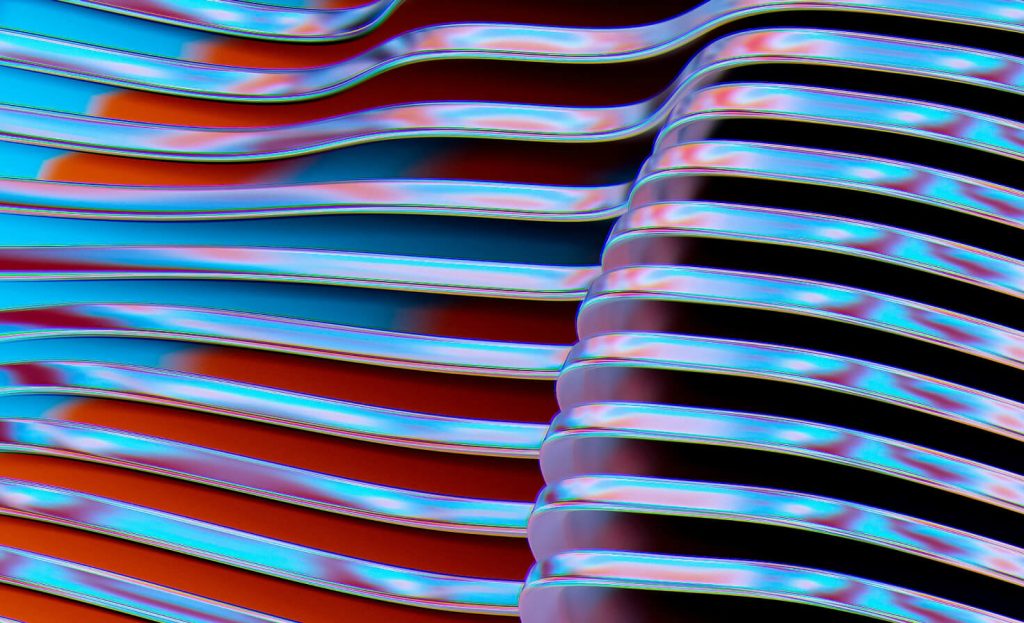
IoT software development and deployment in your healthcare setting deliver many ways to support a more connected ecosystem. Let’s look at how IoT is transforming healthcare and the opportunities ahead.
Patient Monitoring Supports Early Intervention and Better Chronic Disease Management
IoT’s most common use case in healthcare is remote patient monitoring (RPM). Monitoring patients after major surgeries or those with chronic diseases is more exact with IoT. The data comes directly from the patient, so there are no assumptions or miscalculations. It’s real-time data sharing through smartwatches, wearables, handheld devices, and biosensors.
One of the most exciting breakthroughs was the clearance of an intelligent powered wearable device to monitor patient vitals. Patients discharged and recuperating at home receive constant observations of vitals. The IoT device collects the data, and algorithms analyse it, providing immediate indicators of patient decline. It can accelerate responses to avoid any adverse outcomes. The makers of the device also noted that it reduced readmissions.
Other IoT monitoring devices focus on the management of chronic diseases. Wearable electrocardiogram devices detect atrial fibrillation (AFib), normal sinus rhythm, bradycardia, and tachycardia. Almost all adults can suffer from bradycardia or tachycardia. For those with a history of cardiovascular ailments or a family history, wearing this would identify anything that could be a sign of heart disease.
People with diabetes use biosensors that are Bluetooth-enabled and track their glucose levels. IoT networks enable the instant sharing of readings with care teams. Healthy lifestyles and adherence to medication regimens are critical in managing diabetes and avoiding emergency care. It can also improve patient engagement, which is often challenging in chronic disease management. It’s another channel for patients to get involved in their own health, which is good for all stakeholders.
Another wearable use case is sensors that support stroke patients in physical therapy. The devices capture a range of biometrics. Physical therapists work with these individuals to recover motor function and regain muscle tone. However, much of a provider’s time goes to documentation. The sensors eliminate much of this and can also help in tracking the progress of the patient.

Connecting and Understanding Healthcare System Assets
Large hospitals and healthcare systems have numerous assets within their facilities. Some are in fixed locations, while other equipment or technology is mobile. As a result, it can be hard to keep track of them. An inability to manage these assets can cause delays in use, increase the risk of theft, or missed maintenance.
These organisations, often as part of digital transformation initiatives, want to create a more connected view of assets. Sensors are vital to this, offering these IoT benefits in healthcare:
- Assets are always traceable, which means there’s no wasted time looking for them. Asset tracking is also instrumental in ensuring surgeries or other treatments go as planned. 'Lost' assets can be a drain on time and money. A survey of providers revealed that delays in surgeries are most often caused by missing supplies.
- Monitoring the performance of assets, along with artificial intelligence (AI), supports predictive maintenance. This approach can help you avoid unplanned downtime and extend the life of the asset.
- Data on the usage of equipment can be useful for future planning. For example, if your hospital sees spikes in the use of ultrasound machines, it may be prudent to procure more in the next budget.
IoT Ingestibles Share Data from the Source
IoT also has a hand in revolutionising healthcare delivery with “smart pills.” After ingesting the pill, it sends data to a wearable patch. The data is then accessible to the patients and their physicians. Ingestible IoT technology has many use cases:
- The process can ensure that patients are complying with their prescribed treatment.
- These sensors can also reveal the effectiveness of treatment for patients with cancer when they include cameras. With this real-time information, doctors can make adjustments for better outcomes.
Capturing and using this data would otherwise be unavailable, inaccurate, or delayed without this technology.

IoT Devices Work for Facility Management
Organisations with large footprints have significant expenses to keep them running efficiently. In hospitals, you have a variety of systems to manage—temperature, air quality, sterility, lighting, and other internal assets.
IoT devices can monitor all these things and deliver valuable results that can lead to a cleaner, more secure environment and reduced energy costs, including:
- More efficient temperature control: Sensors tell you about usage patterns. Analysing these can pinpoint when to maintain, decrease, or increase temperatures.
- Managing lighting: You can also know when lights are in use or areas are empty. You can use that data to set lights on timers.
- Alerts for air quality and humidity: IoT devices measure these things, and if they hit a certain threshold, the facility manager receives a notification to check the systems.
The Benefits of IoT in Healthcare: Great Promise, Continued Challenges
IoT innovation is progressing in healthcare, but challenges persist. Data security is a primary concern, as it’s central to anything related to healthcare data. Healthcare software development that integrates with IoT must have all the compliance and security requirements in place to scale, defend against cyber attacks, and avoid risks.
Another issue is that IoT devices may be collecting data from multiple systems. The data may have different formats or qualities that require extra work to make it 'clean' for use.
Other concerns relate to an organisation’s infrastructure and having the processing power to keep adding IoT devices to the network. It’s something healthcare systems must keep addressing as they grow and scale.
Solving these challenges with IoT development and integration services is the objective of the ELEKS team. Contact us today to learn more.

Related Insights








The breadth of knowledge and understanding that ELEKS has within its walls allows us to leverage that expertise to make superior deliverables for our customers. When you work with ELEKS, you are working with the top 1% of the aptitude and engineering excellence of the whole country.

Right from the start, we really liked ELEKS’ commitment and engagement. They came to us with their best people to try to understand our context, our business idea, and developed the first prototype with us. They were very professional and very customer oriented. I think, without ELEKS it probably would not have been possible to have such a successful product in such a short period of time.

ELEKS has been involved in the development of a number of our consumer-facing websites and mobile applications that allow our customers to easily track their shipments, get the information they need as well as stay in touch with us. We’ve appreciated the level of ELEKS’ expertise, responsiveness and attention to details.

